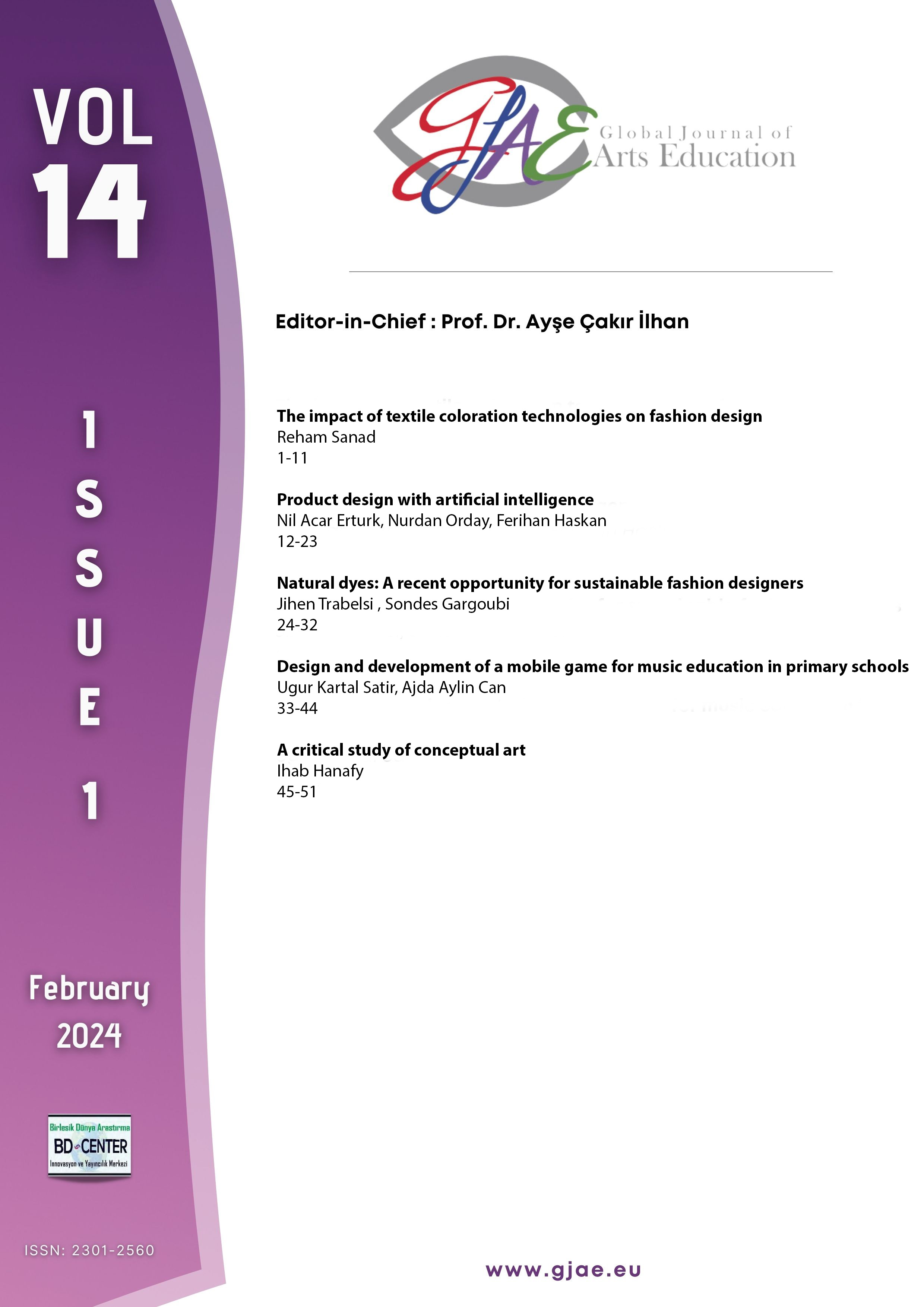A critical study of conceptual art
Main Article Content
Abstract
Conceptualism or idea art is a relatively recent artistic trend that seeks to present unconventional artistic creations. The strangeness of this trend stems from the fact that the issue of its creativity may go beyond the boundaries of the usual creative artworks, with what this means is a lack of concern for the language of form and the accepted formulations of beauty, which is usually used in traditional artworks; such as painting and sculpture. However, conceptualists are concerned with their ideas, which are the focus of their creative work. The artist highlights it through the appropriate techniques, often benefiting from modern technology and the diversity of its applications. This research study sheds light on conceptualism as a contemporary artistic style that has imposed itself on public and private galleries worldwide, causing an intellectual uproar among art critics, artists, and all recipients. This study aims to clarify the dimensions of conceptual art through a review of its history and the reasons and motives for its emergence, along with a presentation of various models that represent it, explaining its most important intellectual and creative features and presenting its most influential creators, leading to highlighting its positive and negative aspects on the contemporary plastic movement and human creativity in general. This study found that the significance of conceptual art has been controversial since its creation, but history will assess the extent of its worth and uniqueness.
Keywords: Aesthetic; conceptual art; idea art; plastic movement.
Downloads
Article Details
Authors who publish with this journal agree to the following terms:
- Authors retain copyright and grant the journal right of first publication with the work simultaneously licensed under a Creative Commons Attribution License that allows others to share the work with an acknowledgement of the work's authorship and initial publication in this journal.
- Authors are able to enter into separate, additional contractual arrangements for the non-exclusive distribution of the journal's published version of the work (e.g., post it to an institutional repository or publish it in a book), with an acknowledgement of its initial publication in this journal.
- Authors are permitted and encouraged to post their work online (e.g., in institutional repositories or on their website) prior to and during the submission process, as it can lead to productive exchanges, as well as earlier and greater citation of published work (See The Effect of Open Access).

